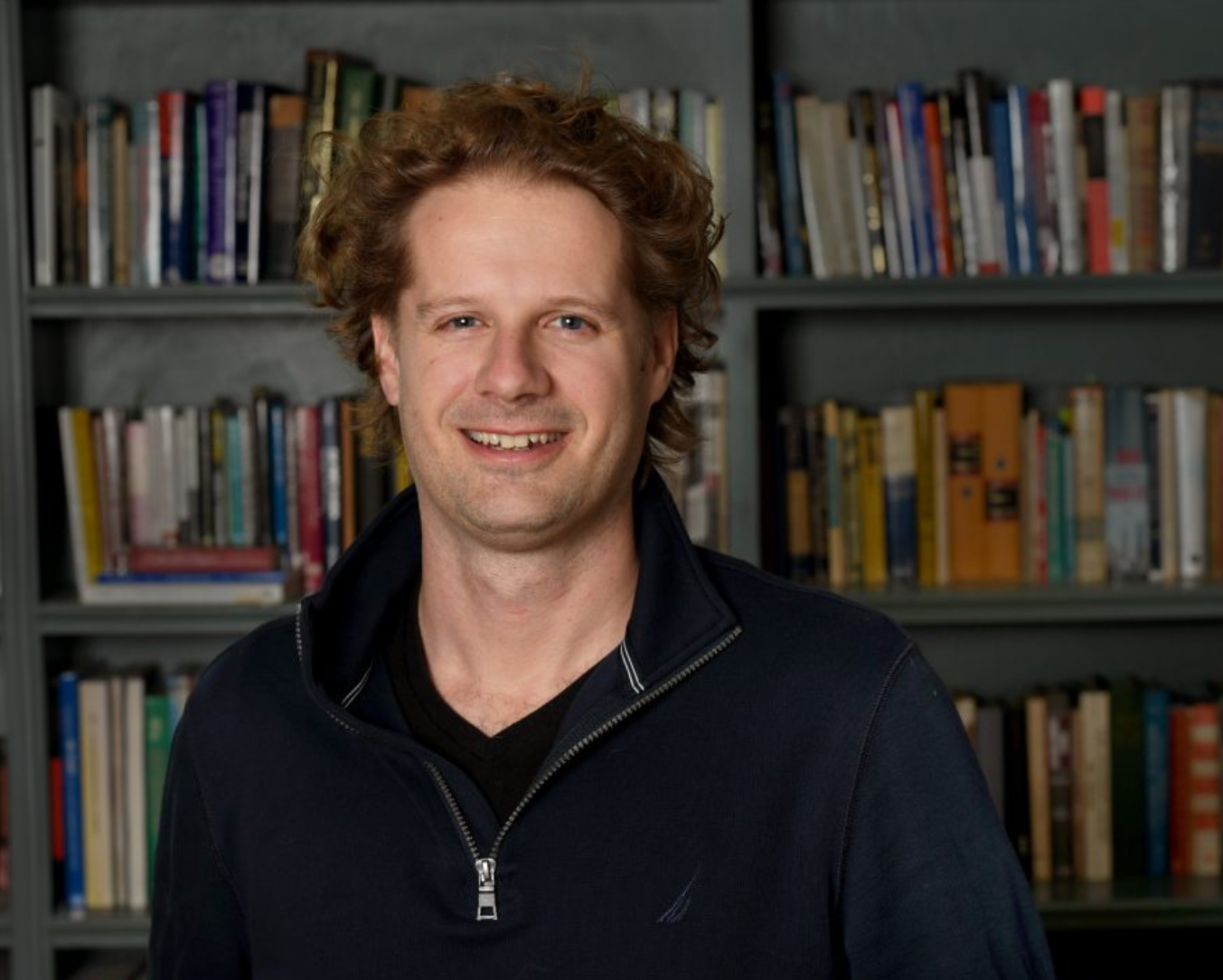Steve Hankey
Associate Professor, Urban Affairs and Planning (UAP)

140 Otey Street
Blacksburg, VA 24061
Blacksburg, VA 24061
- Ph.D., Civil Engineering, University of Minnesota, 2014
- MURP, Urban and Regional Planning, University of Minnesota, 2012
- M.S., Civil Engineering, University of Minnesota, 2012
- B.S., Chemical Engineering, University of Wisconsin, 2005
- Urban Air Quality
- Active Transportation
- Health Impacts of the Built Environment
- UAP 4374/5134G: Land Use and Environment: Planning and Policy
- UAP 5114: Computer Applications in Planning
- SPIA 2314: Active Transport for a Healthy Sustainable Planet
- SPIA 6004: SPIA Graduate Colloquium
See my Google Scholar page for a full list.
- Hankey, S., Sforza, P., & Pierson, M. (2019). Using mobile monitoring to develop hourly empirical models of particulate air pollution in a rural Appalachian community. Environmental Science & Technology, 53(8), 4305-4315.
- Le, H. T., Buehler, R., & Hankey, S. (2019). Have walking and bicycling increased in the US? A 13-year longitudinal analysis of traffic counts from 13 metropolitan areas. Transportation Research Part D: Transport and Environment, 69, 329-345.
- Hankey, S., Lindsey, G., & Marshall, J. D. (2016). Population-level exposure to particulate air pollution during active travel: planning for low-exposure, health-promoting cities. Environmental Health Perspectives, 125(4), 527-534.
- Hankey, S., & Lindsey, G. (2016). Facility-demand models of peak period pedestrian and bicycle traffic: comparison of fully specified and reduced-form models. Transportation Research Record, 2586(1), 48-58.
- Hankey, S., & Marshall, J. D. (2010). Impacts of urban form on future US passenger-vehicle greenhouse gas emissions. Energy Policy, 38(9), 4880-4887.
I am currently working on several projects in the areas listed above. Examples include (1) aggregating and modeling bicycle and pedestrian counts in several US cities, (2) mobile monitoring of urban air quality to develop spatial models, (3) applying deep learning algorithms to images to characterize street- and birdseye-level features of the built and natural environment, and (4) using smartphone tracking to assess mood-state in urban environments. An overarching goal of my work is to provide evidence to create health-promoting cities.
- Mobile measurement of urban air quality
- Design of non-motorized traffic monitoring programs
- Spatial models of air quality and non-motorized travel
- Characterization of the built and natural environments
- Environmental and health impacts of the built and natural environments


